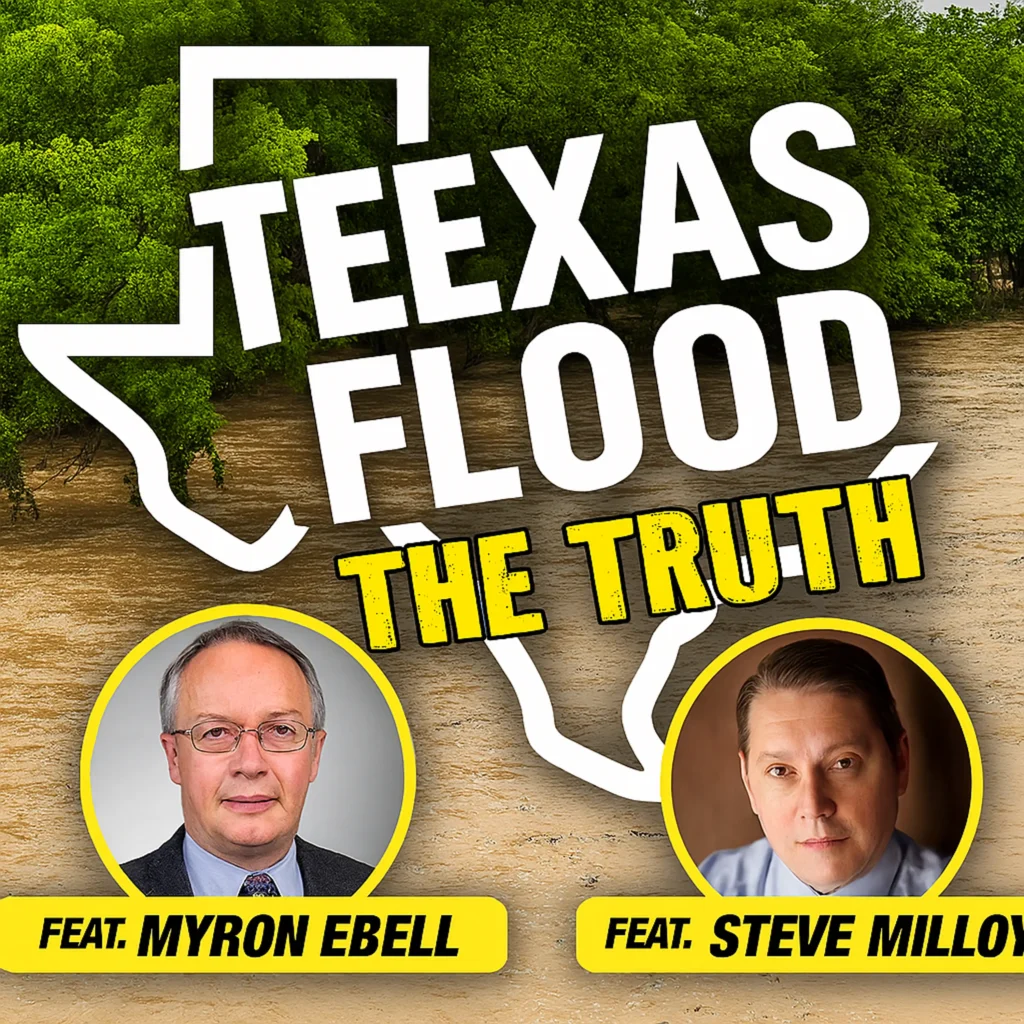In November, California voters will consider a new ballot measure that would increase the state excise tax on cigarettes to $2.87 per pack. This would give California the nation’s ninth highest state tobacco tax. Of the state’s neighbors, only Washington State’s tax is higher, currently at $3.02. The tax is dramatically lower in neighboring Arizona ($2.00), Idaho (57 cents), Nevada ($1.80), and Oregon ($1.32). In addition to traditional cigarettes, the tax increase would also be applied to electronic cigarettes and other products with tobacco or nicotine.
The current state tax on a pack of cigarettes is 87 cents, with federal taxes on tobacco products adding an extra $1.01. Tax revenue from the state tax is currently divided between tobacco research and prevention education; a small remainder is used towards breast cancer research and a general fund. If approved by voters, the tax is projected to generate $1 billion annually, with much of it going to Medi-Cal coverage for low-income Californians, as well as funding state research into smoking-related diseases.
Discouraging smoking is a laudable goal, but raising tobacco taxes rarely works as intended and has many negative effects, including driving residents to buy untaxed or lower-taxed tobacco elsewhere, reducing revenues for retailers in the state, unduly burdening low and moderate-income families, and propping up spending with an unsustainable source of revenue.
The tax hike proposal is likely to drive consumers to purchase tobacco in other states and increase black-market sales of tobacco products. California need only look to neighboring Washington State, where the state tobacco tax is much higher than Oregon’s. In Washington, an estimated 35 percent of the cigarettes in the state are smuggled.
Even with comparatively low tobacco taxes, California already has a problem with untaxed cigarettes. According to the Tax Foundation, 32.7 percent of all cigarettes consumed were smuggled in 2012, ranking the state sixth-highest nationally.
Tobacco taxes are an unreliable and shrinking tax-revenue stream, so using them to pay for a Medicaid program that is increasing in costs will likely create budget problems in the future. According to recent data from the U.S. Census Bureau, state revenue from tobacco product sales taxes decreased in 2013 by 0.9 percent, to $17 billion. In 2012, revenue dropped by 0.5 percent. The National Taxpayers Union Foundation found tobacco tax collections failed to meet initial revenue targets in 72 out of 101 recent tax increases.
Expanding the tax to e-cigarettes is even more problematic. Research suggests e-cigarettes are particularly helpful for heavy smokers who have tried and failed to quit through traditional methods such as nicotine gum, the nicotine patch, and medication. Imposing excise taxes on vapor products is not justified from a public health perspective, and it removes a prime economic incentive for smokers to improve their health by switching to e-cigarettes. The American Association of Public Health Physicians has concluded e-cigarettes “could save the lives of 4 million of the 8 million current adult American smokers who will otherwise die of a tobacco-related illness over the next 20 years.”
Targeted taxes on products such as tobacco disproportionately harm low-income taxpayers while punishing local businesses. California’s proposed tax hike would only further contract the market over time and create budget deficits taxpayers will eventually have to fill with additional tax increases.
The following documents provide additional information on tobacco taxes and other “sin” taxes.
Ten Principles of State Fiscal Policy
https://heartland.org/policy-documents/ten-principles-state-fiscal-policy
This Heartland Institute booklet provides policymakers and civic and business leaders a highly condensed yet easy-to-read guide to state fiscal policy matters. It presents the 10 most important principles of sound fiscal policy, from “Above all else: Keep taxes low,” to “Protect state employees from politics.”
Research & Commentary: Top Ten Reasons Not to Raise Tobacco Taxes
https://heartland.org/policy-documents/research-commentary-top-ten-reasons-not-raise-tobacco-taxes
Heartland Institute Government Relations Director John Nothdurft argues targeted tax increases serve only to push sound fiscal policies and real budget reforms to the public policy back burner. Legislators concerned about the public health effects of tobacco should encourage the use of readily available smoking cessation products and services instead of supporting bad tax policy.
Sin Taxes: Size, Growth, and Creation of the Sindustry
https://heartland.org/policy-documents/sin-taxes-size-growth-and-creation-sindustry
Adam Hoffer of the Mercatus Center explores three criticisms of sin taxes. First, although advocates of sin taxes claim those taxes are justified because the “sinners” impose costs on society, taxing “sins” for general budget revenue contradicts that argument. Second, the economic burden of sin taxes falls disproportionately on low-income households. Third, the expanding number of goods being targeted results in unproductive lobbying aimed at preventing new industries from being considered “sinful.”
Five Things to Consider Before Raising Tobacco Taxes: A Review of the Research
https://heartland.org/policy-documents/five-things-consider-raising-tobacco-taxes-review-research
This Heartland Institute Policy Brief argues, “Tax increases above current levels are not justified by appealing to the costs smokers impose on nonsmokers. Smokers already pay more than this measure could justify.”
E-Cigarettes Are Making Tobacco Obsolete. So Why Ban Them?
http://heartland.org/policy-documents/e-cigarettes-are-making-tobacco-obsolete-so-why-ban-them
Matt Ridley reports vaping helps people quit smoking more effectively than any other method, examining several studies reaching that conclusion. With the success of vaping products, he asks, why are cities banning them?
Peering Through the Mist: Systematic Review of What the Chemistry of Contaminants in Electronic Cigarettes Tells Us about Health Risks
http://heartland.org/policy-documents/peering-through-mist-systematic-review-what-chemistry-contaminants-electronic-cig
Electronic cigarettes are generally recognized as a safer alternative to combusted tobacco products, but there are conflicting claims about the potential health concerns these products warrant. This paper reviews the available data on the chemistry of aerosols and liquids of electronic cigarettes and compares modeled exposure of vapers with occupational safety standards.
Cigarette Tax Hikes Burn Hole in State Coffers
http://www.app.com/article/20081012/OPINION/810120325/1030/OPINION
Gregg M. Edwards, president of the Center for Policy Research of New Jersey, reports the state brought in less revenue after its cigarette tax hike.
Poor Smokers, Poor Quitters, and Cigarette Tax Regressivity
http://www.budgetandtax-news.org/article/19564
Dr. Dahlia Remler of the Department of Health Policy and Management at Columbia University demonstrates cigarette taxes are regressive, burdening poor individuals more than other groups.
Debunking the “Tax Thee, But Not Me” Myth: Five Reasons Why Non-Smokers Should Oppose High Tobacco Taxes
http://www.ntu.org/main/press_issuebriefs.php?PressID=1001&org_name=NTU
The nonpartisan National Taxpayers Union observes, “The per-capita state and local tax burden in high-tobacco tax states is 8 percent above the national average, while the general tax bill for residents of low-tobacco tax states is 15 percent below the national average.”
Cigarette Taxes and Smoking: Will Higher Taxes Yield a Public Benefit?
http://heartland.org/policy-documents/cigarette-taxes-and-smoking-will-higher-taxes-yield-public-benefit
Kevin Callison and Robert Kaestner of the Cato Institute summarize their study focusing on the effect of recent, large cigarette tax increases on the smoking behavior of adults ages 18–74. The data suggest the association between cigarette taxes and either smoking participation or number of cigarettes smoked is small, negative, and not usually statistically significant.
Cigarette Taxes, Black Markets, and Crime: Lessons from New York’s 50-Year Losing Battle
http://heartland.org/policy-documents/cigarette-taxes-black-markets-and-crime-lessons-new-yorks-50-year-losing-battle
In a Cato Institute paper, Patrick Fleenor examines New York’s half-century battle with cigarette black markets and related crime. He documents consumers’ responses to tax increases and discusses law enforcement and policy efforts to curb the negative side effects of high cigarette levies. Finally, he discusses national and international experiences with cigarette taxes and finds New York’s experience is typical of jurisdictions levying high cigarette taxes.
Cigarette Taxes and Smuggling: A Statistical Analysis and Historical Review
http://heartland.org/policy-documents/cigarette-taxes-and-smuggling-statistical-analysis-and-historical-review
The authors of this study consider cigarette smuggling from two angles. First, they employ a statistical model to estimate the degree to which cigarette smuggling occurs in 47 of the 48 contiguous U.S. states. Second, they review the historical experiences of three states – California, Michigan, and New Jersey – known to have cigarette-smuggling problems. The findings suggest state policymakers should reassess the value of cigarette taxes as a revenue source and public health tool.
Vapor Products and Tax Policy
https://heartland.org/policy-documents/vapor-products-and-tax-policy
Scott Drenkard of the Tax Foundation examines vaping products and the numerous tax policies that affect the industry. Drenkard concludes vaping products “likely have much lower externalities than traditional cigarettes, and it follows that the excise taxes on the products should be lower or nonexistent. Punitive taxes on vapor products could inadvertently close out options for cigarette users looking to quit.”
Research & Commentary: New CDC Report Finds Vaping Helps Smokers Quit
https://heartland.org/policy-documents/research-commentary-new-cdc-report-finds-vaping-helps-smokers-quit
A new report released by the Centers for Disease Control and Prevention (CDC) found only 0.4 percent of the people who had never smoked tobacco in a CDC study group are current vapers, which the report defines as using a vaping device either every day or some days. The CDC report, the first of its kind, estimates e-cigarette use among U.S. adults using a nationally representative household survey. The report’s findings claim only 3.4 of adults who have never smoked have tried an e-cigarette; 12.6 percent of Americans have tried an e-cigarette; and fewer than 4 percent of the U.S. population are regular e-cigarette users.
Nothing in this Research & Commentary is intended to influence the passage of legislation, and it does not necessarily represent the views of The Heartland Institute. For further information on this subject, visit Budget & Tax News at https://heartland.org/publications-resources/newsletters/budget-tax-newsl, The Heartland Institute’s website at http://heartland.org, and PolicyBot, Heartland’s free online research database at www.policybot.org.
The Heartland Institute can send an expert to your state to testify or brief your caucus; host an event in your state; or send you further information on a topic. Please don’t hesitate to contact us if we can be of assistance! If you have any questions or comments, contact Nathan Makla, Heartland’s state government relations manager, at [email protected] or 312/377-4000.



